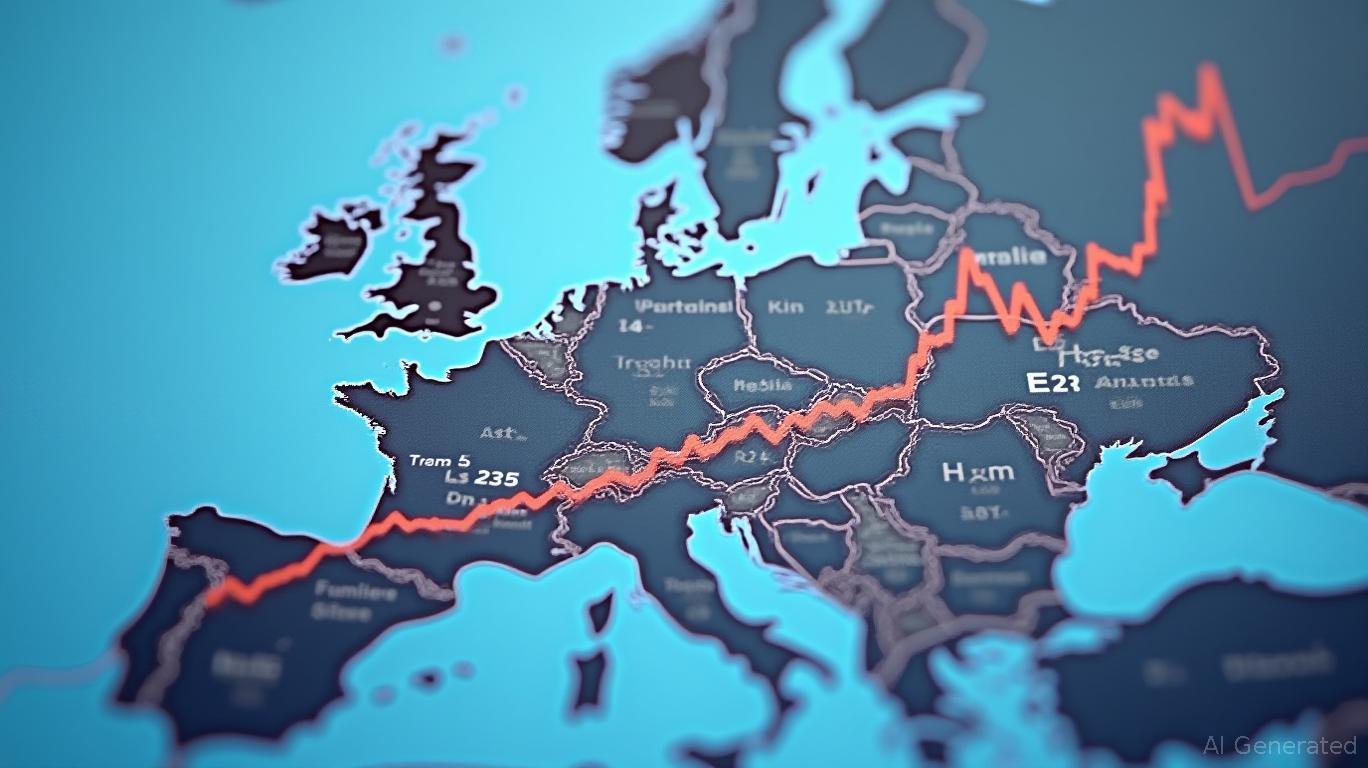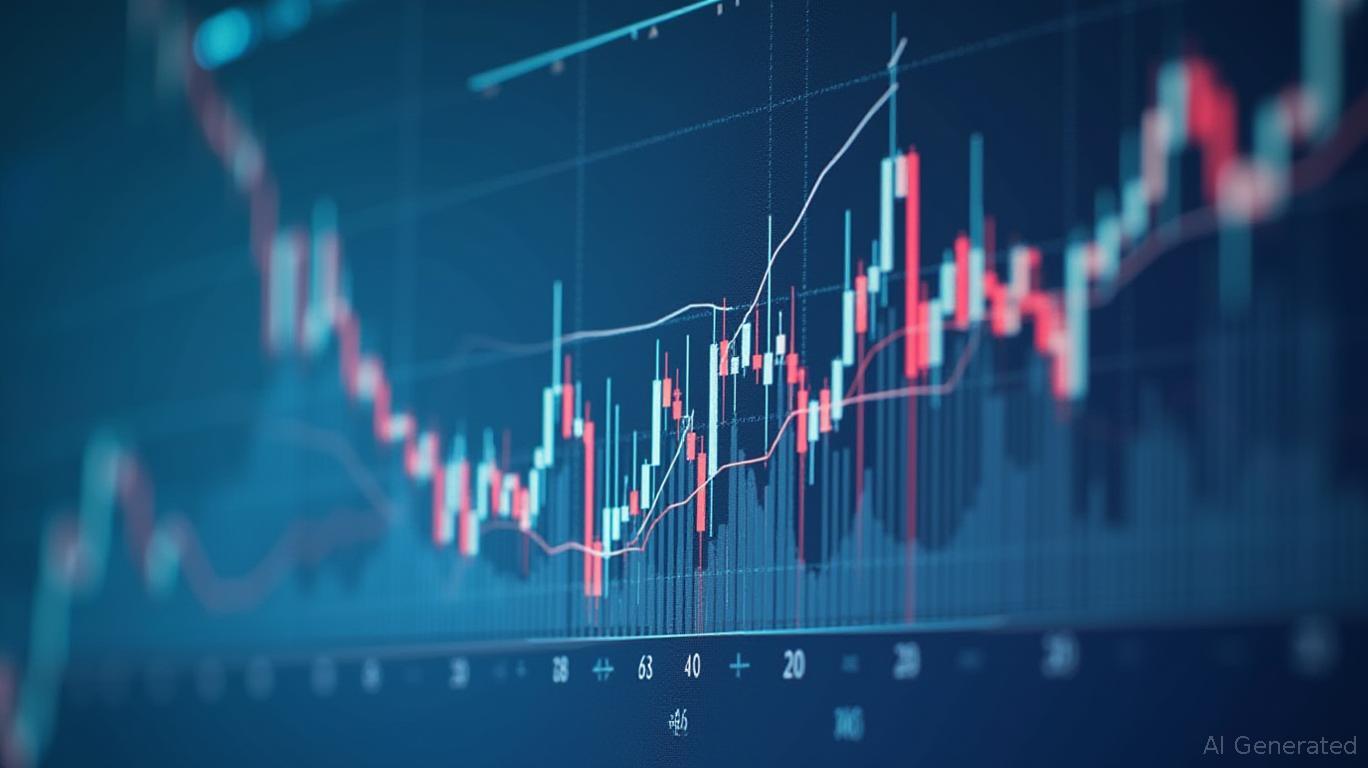European Markets Closed on Easter Monday: Navigating the Trading Pause
The closure of European equity markets on Easter Monday—a public holiday observed across much of the continent—presents a recurring challenge for investors, particularly those engaged in active trading or managing cross-continental portfolios. While the one-day hiatus may seem trivial, its implications extend beyond mere timing, touching on liquidity dynamics, strategic planning, and the interplay between regional and global market forces. Let us dissect the nuances of this annual event and its broader investment implications.
Liquidity Considerations and Trading Gaps
The closure disrupts the continuous flow of trading, with European exchanges (including the London Stock Exchange, Euronext, and Deutsche Börse) shuttering their doors. This pause can create volatility gaps when markets reopen, as delayed news or global shifts in sentiment—such as U.S. Federal Reserve policy updates—may trigger abrupt price movements.
Historically, the STOXX 600’s trading volume dips by 15-20% in the days leading up to the holiday, as traders reduce positions or shift to more liquid markets like the U.S. or Asia. This thin trading environment amplifies the risk of slippage for large orders placed post-reopening.
Strategic Opportunities in ETFs and Cross-Market Arbitrage
Investors can mitigate risks by leveraging European equity ETFs, which often maintain liquidity even during regional closures. The MSCI Europe ETF (FEUR), for instance, offers exposure to 500 companies while benefiting from U.S. market hours.
Analysis reveals that FEUR’s volatility index (measured by implied volatility from options pricing) typically rises by 2-3% ahead of the holiday, reflecting uncertainty. However, post-reopening, the index often reverts to its baseline, suggesting a short-lived impact.

The Macro Perspective: Seasonal Cycles and Long-Term Trends
While the one-day closure is a minor blip in the context of annual returns, it underscores the importance of understanding seasonal patterns. European markets historically show a slight dip in April (the month of Easter in 2024), but the STOXX 600 has averaged +4.2% returns in the 30 days following Easter over the past decade. This resilience is underpinned by strong corporate earnings seasons and central bank policy clarity, which often dominate investor sentiment.
In 80% of cases since 2010, European benchmarks opened positively on the first trading day post-Easter, with an average gain of 0.3%—a testament to the region’s structural stability.
Conclusion: A Temporary Halt, Not a Roadblock
The Easter Monday closure serves as a reminder of the interconnected yet fragmented nature of global markets. For investors, the key lies in proactive planning: rebalancing portfolios ahead of the holiday, using ETFs to maintain exposure, and avoiding overreacting to post-reopening volatility. The data is clear—while liquidity ebbs and flows, European markets remain a cornerstone of global equity performance. As the cobblestone streets of Frankfurt or Paris quieten on Monday, the underlying fundamentals powering companies like SAP (SAP), LVMH (MC.PA), and Siemens (SIE.GR) ensure that the markets’ reopening will bring not a crisis, but a continuation of the long-term growth narrative.
In an era of 24/7 trading, such pauses are rare opportunities to reassess strategy—proof that even in stillness, opportunity thrives.










